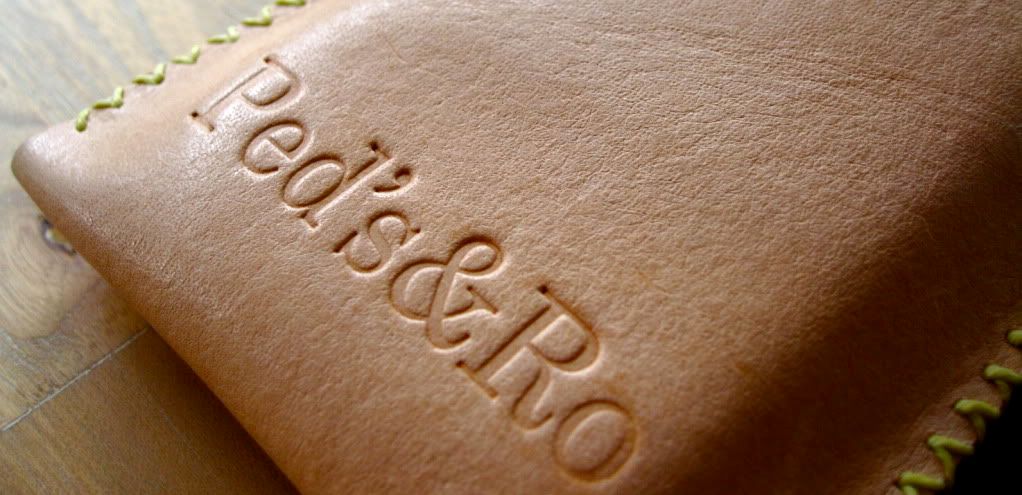There are several parts to a description of leather. One is its form, second is its tanning process and third is its dye or finish. This post will cover the types of finishes on leather, which gives it its final color. The form of leather which are full grain, top grain, corrected and split are the actual quality of the animal hide before it is tanned or dyed.
An elaborate description of a leather could be a full grain, aniline dyed, chrome-tanned leather. It basically describes the quality of the animal hide, how it was dyed and the tanning process, all contributing to the final quality of the leather.
I will cover the forms and tanning types in future posts.
The types of leather finishes are:
Aniline. The type of leather by where it has been dyed with soluble dyes without a topcoat paint or pigment. This can be further broken down into several types.
- Full Aniline. The optimal leather where only the best selection of animal hides can be used to produce this type of leather. This leather is the most natural looking but is not as resistant to soiling as the other types. When feeling the leather, the creases and markings will be visible and distinct depending on the animal species as there are no oil, wax or surface coating. It also has more grip to its feel.
| Full Aniline. Grains of the leather are still visible |
| Full Aniline with shrunken grains |
- Pull-Up Aniline. Having the same properties as Full Aniline but with an extra top treatment of oil or wax. This type of leather will eventually have a distressed look to it with time and use.
- Semi-Aniline. Again, similar to that of Full Aniline, but it with a light pigment coating on the surface to increase its strength and durability. More resistant to soiling. This leather will have a softer finish to that of Full Aniline. With touch, it will have a soft and finished feel as the creases would have been almost filled with the top coat.
| Semi Aniline. Embossed. Original grains less visible. More glossy finish. |
- Nubuck. This is actually also aniline leather but one that have been buffed or brushed in a way that produces a soft velvety feel. This is not to be confused with Suede (the underside of the skin with a shaggy finish). It can be either types of Aniline leather.
| Nubuck. Velvety, furry feel over the surface |
Bycast or Split. As the name suggests, this is not purely full leather. It is several pieces of leather (hence, split) glued together and then embossed. You may not be able to tell the difference when it's new but with time, the polyutherane/glue will eventually crack and split free the pieces of leather. It will not exhibit any characteristics of genuine leather such as the patina, suppleness or the developed feel with age. The only benefit is its price and inferior quality hides or leftover parts of a good quality hide being able to be used for this type of leather. This type of leather can be found mostly in cheaper furnitures
This brief introduction should give you a good idea on how to identify the many different types of leather in the market. Some are more identifiable than the other, but it will be easy after a while. Irregardless of whether it is pigmented or full aniline, good quality leather will prove itself worthy through time.

Very informative...
ReplyDeleteMore please!
The image links are broken, which eliminates almost every useful aspect of the article! Can those be fixed please, I'd love to see the differences.
ReplyDelete